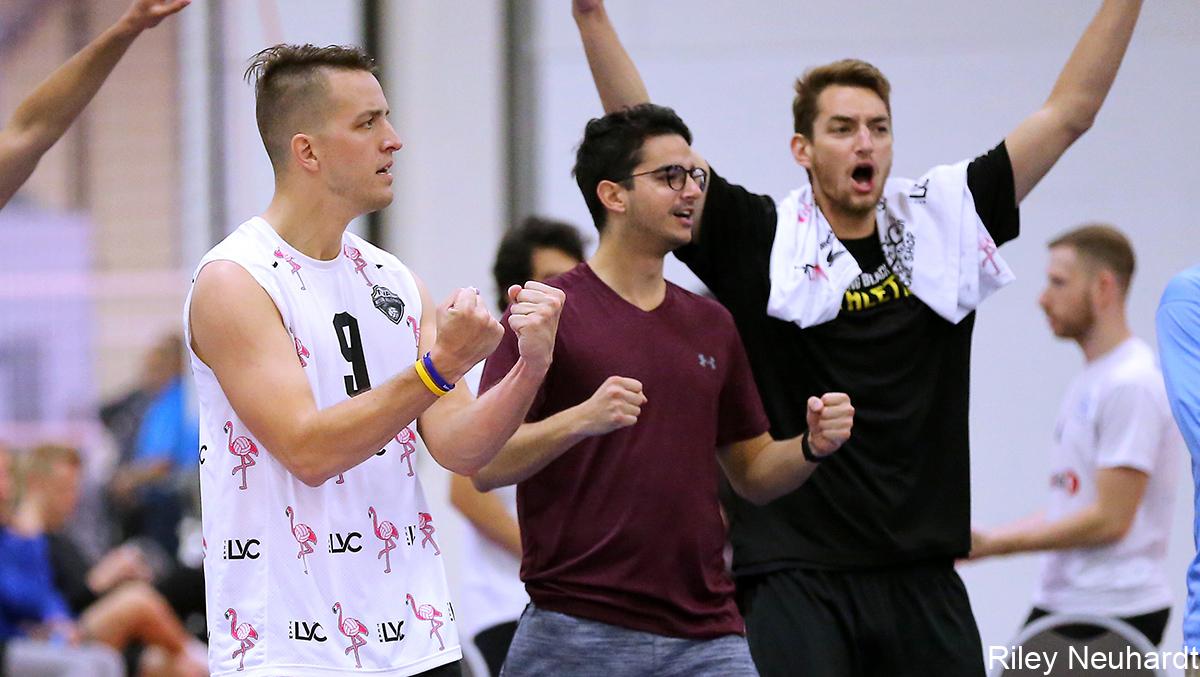
Many coaches spend a great deal of time focusing on the skills of serving, passing, setting, spiking, blocking and digging. They add in a virtual verbal barrage of technique comments to each player, in practice and even in the middle of games. “Reach! Extend! Get on top of the ball!” They command a spiker. “You gotta hit the ball in!” They even point out, or call a timeout to say, “We need a pass.” While these statements are both obvious and well known already by players, they continue to be shouted in from the sidelines, or in a timeout huddle. What is sadly lacking and even ignored however is help for players in the most important skill, READING.
Why do many coaches feel like they could get off the bench and get a tip that is falling? Yet the team of six who are all closest to the action simply let it fall. Is it the coach’s digging technique of “walking?” To fix this, many coaches stand in front of the net and fling balls at players frantically flopping like fish out of water, as they weave with several other teammates to dig these tosses. The coach flings balls at them from below the waist, shooting the ball out of the reach of the defender being trained, so the players learn to dig a ball. What are they teaching their team about reading? That the ball will be tipped over the net, drop down to below waist height, then shoot out, rocket-propelled perhaps, parallel to the floor, and into a corner. Why do we do this? The only time I have seen this happen in a game is when a blocker lands and desperation kicks at a ball just before it hits the floor behind the block. Tips go over the net and go straight down; gravity accelerating the movement with each passing microsecond.
So again I ask coaches, “Why can you get the tip from the bench?” Perhaps it is better to ask, “What percentage of your success in walking from the bench to get a tip happens BEFORE the ball is tipped?” The answer is, “Most of it.” You remembered your team blocked that hitter the last few times. You see the hitter hesitate; or you see the set is lower than expected or many other precursors to the ball actually being tipped. Since most players watch the ball, and not the player, you will hear the cry of “TIP!!!!!” AFTER the ball is tipped. We need our players to be able to make that cry before it is tipped. This does not come in “tipping” drills, but by learning to read the game flow and watching the attacker, not the ball.
When you ask a coach who has played, “What percentage of a serve receiver’s success is happening while the ball is on the OTHER side of the net?” They reply with answers that are all well over half. Those who see jump serves say it is 90 percent. Yet these same coaches let their players, start every precious practice session with partner passing and peppering while standing in front of the net.
Let’s imagine two of your players do partner passing so darn well, they are the world’s best at it, the Olympic gold medalists even. Now put them on the court to serve receive for an average high school program, and what success will these two world’s best have at passing a kid’s bullet serve from 50-60 feet away, to a target called the setter who is about 20 feet away, and off on an angle?
